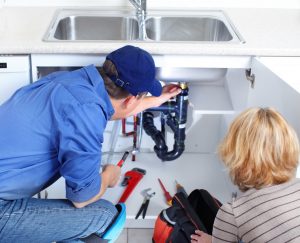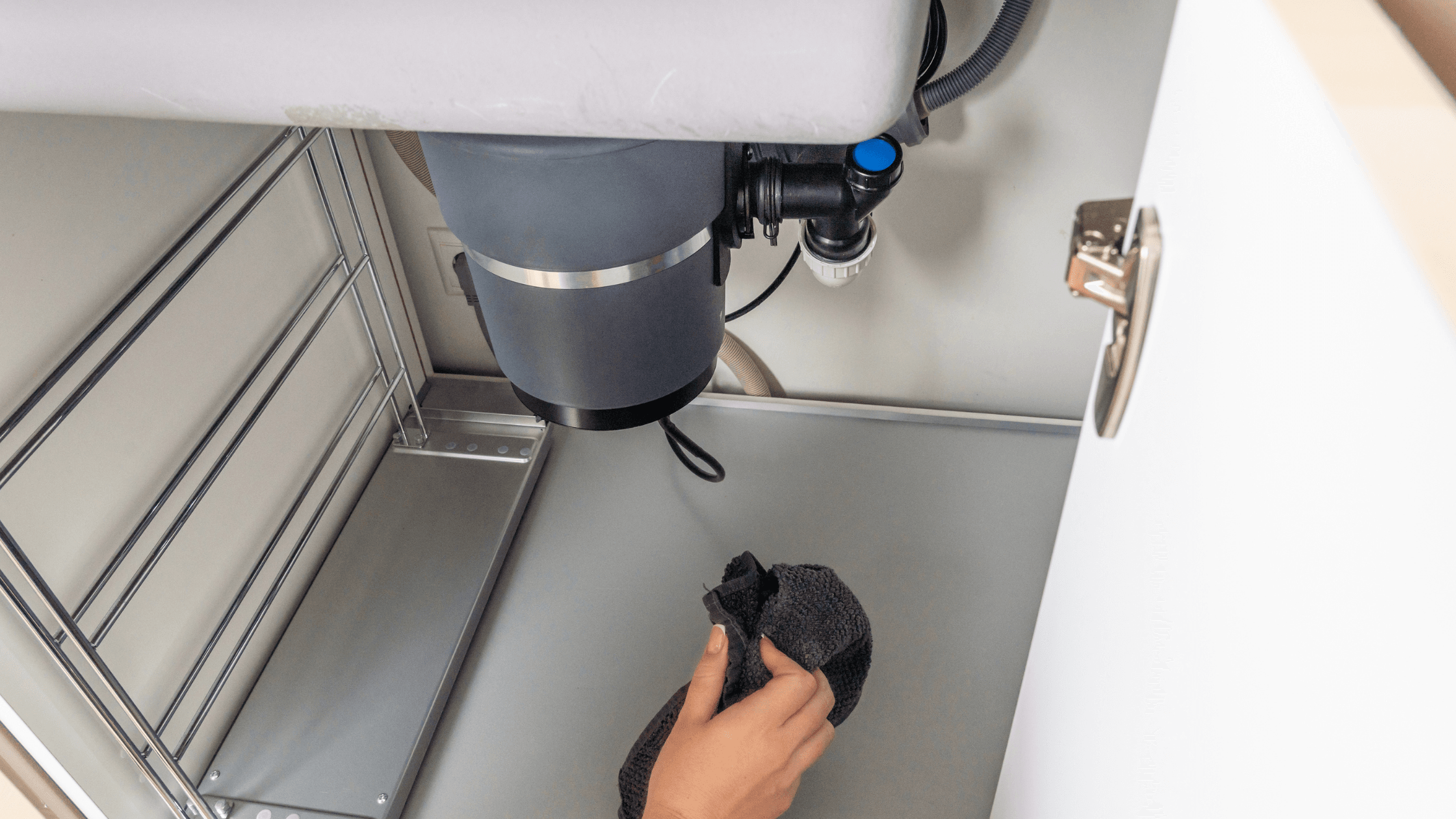Confirmed Ways to Fix a Leaking Waste Disposal Unit
Confirmed Ways to Fix a Leaking Waste Disposal Unit
Blog Article
They are making a few great points on The Handy Guide To Fixing Your Garbage Disposal Leaking overall in this article beneath.

Waste disposal unit are important cooking area home appliances that help in dealing with food waste successfully. Nevertheless, a dripping garbage disposal can be an aggravating and unpleasant issue to deal with. Fortunately, several leaks can be fixed easily with a couple of simple steps. In this article, we will discuss just how to repair a dripping waste disposal unit successfully.
Intro
Waste disposal unit are set up under kitchen sinks and are developed to shred food waste into smaller pieces, enabling it to pass through the pipes system conveniently. While these devices are typically reliable, leakages can happen in time as a result of wear and tear, loosened connections, or damages to the device.
Common Causes of Leakages in Garbage Disposals
Worn Seals and Gaskets
Seals and gaskets play an essential duty in avoiding water from dripping out of the waste disposal unit. With time, these elements can deteriorate, bring about leakages around the disposal unit.
Loose Connections
The links in between the waste disposal unit and the pipes system can come to be loosened gradually, creating water to leakage out throughout operation.
Splits or Openings in the Disposal Device
Physical damage to the waste disposal unit, such as splits or holes in the housing, can additionally cause leakages.
Determining the Resource of the Leak
Prior to attempting to repair a dripping waste disposal unit, it is vital to recognize the resource of the leak. This can generally be done with visual assessment or by carrying out easy tests.
Visual Assessment
Inspect the garbage disposal system thoroughly for any type of indications of water leak. Pay attention to areas around seals, gaskets, and connection factors.
Evaluating for Leaks
One means to check for leaks is by running water through the disposal device and looking for any visible indicators of leak.
Tools and Materials Needed for Repairing a Dripping Waste Disposal Unit
Before starting the repair work procedure, gather the necessary check here devices and materials, consisting of a screwdriver, flexible wrench, plumber's putty, replacement seals or gaskets, and epoxy or patching product for fixing splits or holes.
Step-by-Step Overview to Taking Care Of a Dripping Garbage Disposal
Shut off the Power
Before trying any repair work, make sure that the power to the waste disposal unit unit is turned off to prevent the risk of electrical shock.
Find the Leakage
Identify the exact location of the leak and establish the reason.
Tighten Links
Use a wrench to tighten any type of loose links in between the disposal unit and the plumbing system.
Change Seals or Gaskets
If the leak is because of used seals or gaskets, eliminate the old components and replace them with brand-new ones.
Patching Fractures or Openings
For fractures or holes in the disposal device, usage epoxy or an ideal patching material to secure the broken area.
Testing the Garbage Disposal After Repair Work
As soon as the repair service is full, check the waste disposal unit by running water via it to guarantee that the leak has actually been solved.
Preventive Upkeep Tips to Prevent Future Leaks
To avoid future leakages, it is essential to do regular upkeep on your waste disposal unit. This consists of keeping it tidy, preventing placing non-food things or difficult things down the disposal, and occasionally checking for leaks or various other issues.
Conclusion
To conclude, taking care of a dripping waste disposal unit is a reasonably simple process that can be completed with basic devices and materials. By following the actions detailed in this article and exercising precautionary upkeep, you can maintain your garbage disposal in good working condition and avoid expensive repair services in the future.
What to Do About a Leaking Garbage Disposal
A leaking garbage disposal often goes unnoticed until you confront a sopping cabinet, a foul-smelling puddle, or an audible drip-drip-drip from the unit. The fix can be frustrating, too, because the leak can stem from a number of components in the system. Fortunately, with a little sleuthing, you can zero in on the leak and—depending on the exact location—stop the icky oozing and repair the component that caused it. Worst case scenario, if it turns out that the garbage disposal must be replaced, installing a new one is a reasonable do-it-yourself task for those with basic plumbing skills. Read on to keep the cash you’d otherwise hand over to a pro.
Prepare to find the leak
Prior to testing the garbage disposal for leaks, unplug it at the wall outlet and turn off the power from the breaker box to prevent electrical shock. Then insert a watertight sink stopper into your sink drain and wipe the unit dry with a clean cloth. In any handy container, mix a few drops of food coloring into a few cups of water, and pour the dyed water onto the sink stopper to help you locate the leak.
Investigate the source
the top, where the disposal meets the sink drain the side, where the dishwasher hose or main drain pipe connects to the disposal or the bottom of the unit Inspect each of these locations while gliding a light-colored rag over the unit; the dyed water will readily show on the rag and reveal the location of the leak. If a leak isn’t immediately apparent, remove the sink stopper and pour a few more cups of dyed water down the sink drain, then check for leaks again. Leaks near the top of the unit are more likely to show themselves while the sink is plugged, while side and bottom leaks are more noticeable while the sink is unplugged.
The metal sink flange that sits directly inside the sink drain is typically sealed around the top with plumber’s putty (a clay-like sealant) and then secured from under the sink with bolts. If the plumber’s putty deteriorates, or the bolts loosen, the flange can no longer form a watertight seal between the sink drain and the disposal—which could cause a leak at the top of the unit.
To reseal the leaky flange, you must first detach the garbage disposal. Start by loosening the screws securing the main drain pipe to the disposal, then loosen the screws in the metal clamp securing the dishwasher hose to the disposal and detach the drain pipe and dishwasher hose from the disposal. Loosen the screws in the mounting ring that connects the disposal to the metal mounting assembly beneath the sink, then pull down the disposal and carefully set it on a clean, dry surface. Loosen the bolts in the mounting assembly with a wrench, then pull down the mounting assembly and set it near the disposal.

I was shown that write-up on The Handy Guide To Fixing Your Garbage Disposal Leaking from an acquaintance on another web address. Sharing is good. Helping others is fun. I praise you for your time. Kindly stop by our website back soon.
This Resource Report this page